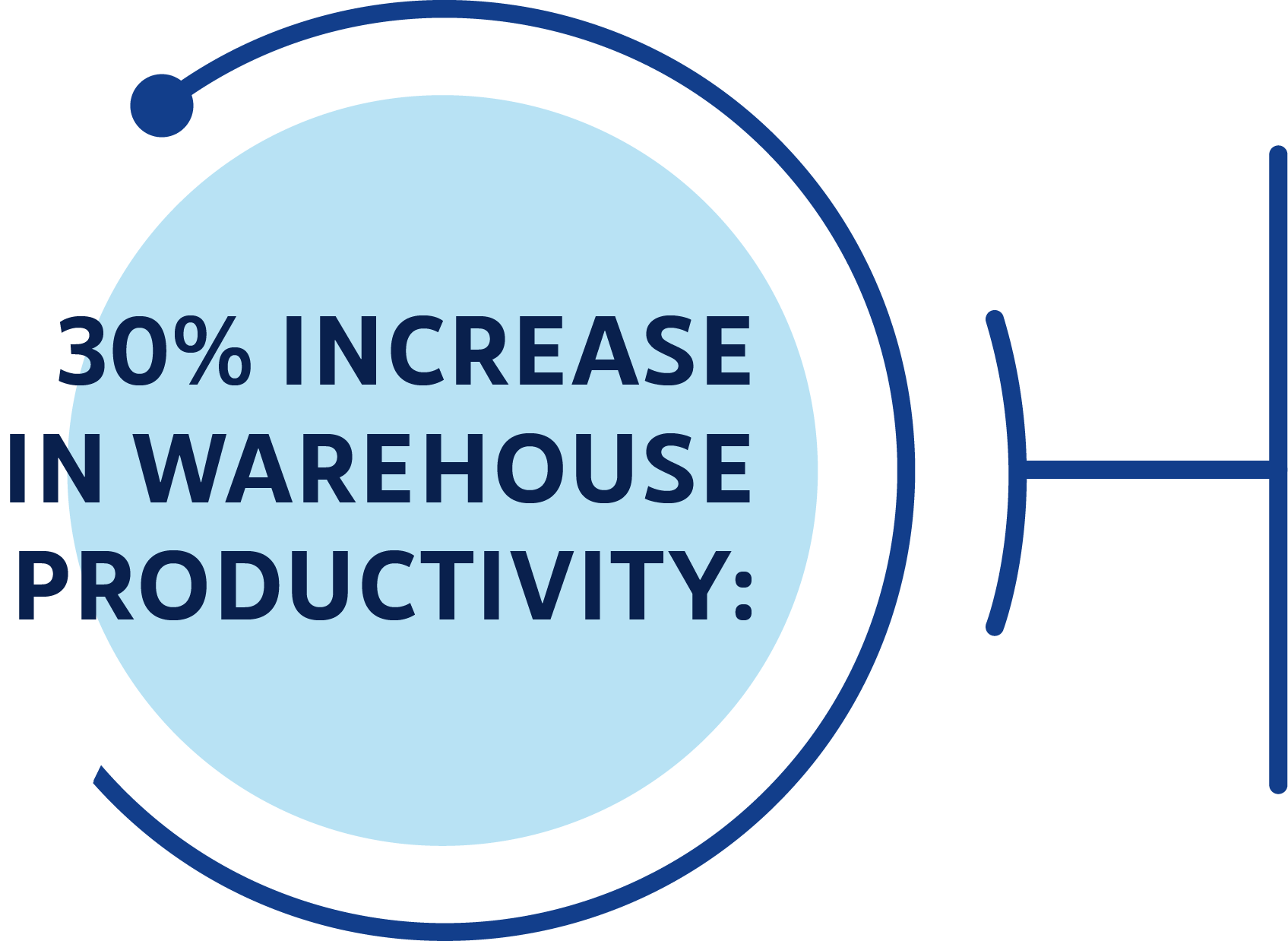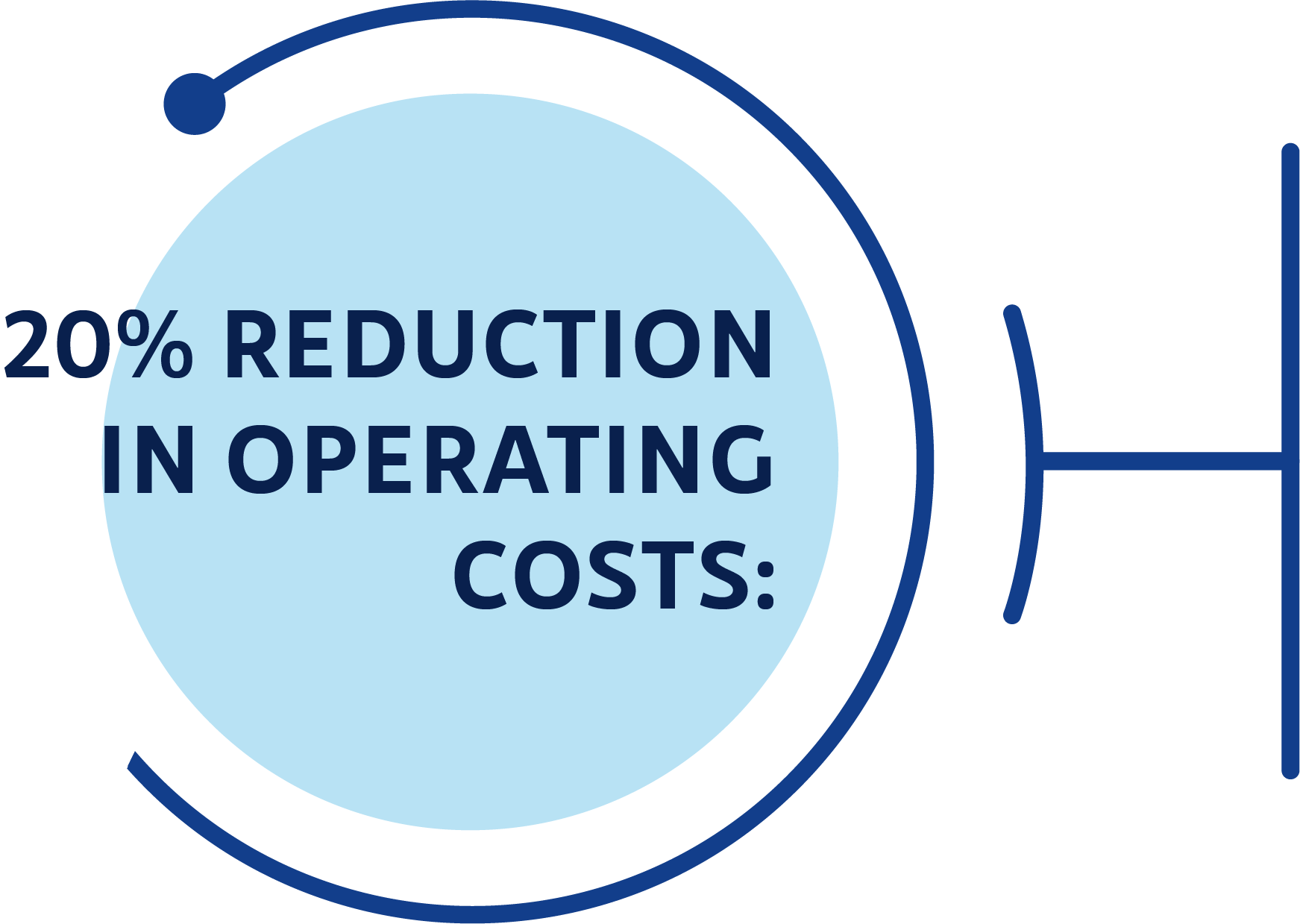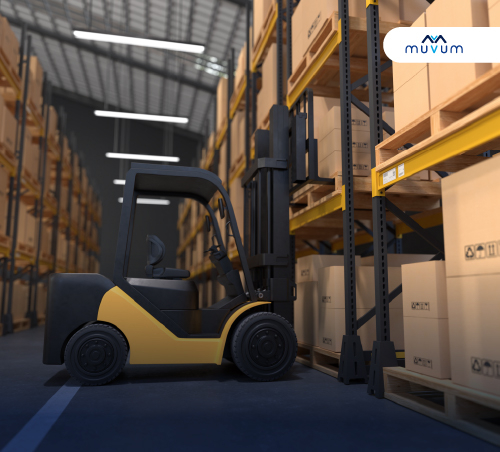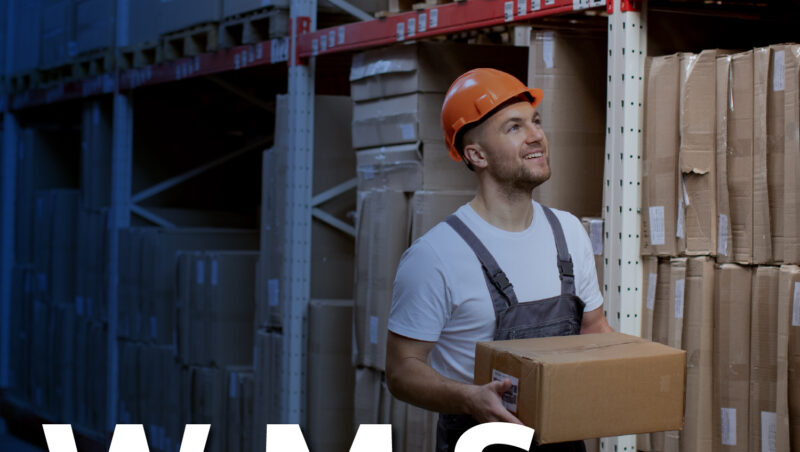MAXIMIZING EFFICIENCY AND ACCURACY
IN INTRALOGISTICS THROUGH AUTOMATION
In the realm of intralogistics, automation has emerged as a crucial component for the evolution of storage and distribution processes. The promise of efficiency and precision becomes a palpable reality through the strategic integration of automated technologies. How exactly can automation transform the supply chain? Let’s delve into the tangible benefits that this technological revolution can offer.
Optimizing Operations and Overcoming Contemporary Challenges
Automation in intralogistics promises a series of benefits that address current challenges in the globalized and digitized supply chain. By adopting technologies such as automated storage systems, collaborative robots, and advanced management software, companies can:
Increase Efficiency: Automation optimizes the flow of products and data, reducing response times and improving overall productivity.
Reduce Costs: Automated systems allow for more efficient utilization of resources, resulting in significant savings in operating costs.
Minimize Errors: The inherent accuracy of automated systems drastically reduces the incidence of errors in logistical processes, improving quality and reliability.
Benefits in Practice: Examples and Statistical Data
To illustrate the concrete benefits of automation in intralogistics, let’s consider the case of [Company X], which implemented an automated storage system in its distribution center. As a result, the company experienced:

Automation allowed for greater speed and efficiency in order picking, resulting in a significant increase in productivity.

By optimizing storage space utilization and minimizing inventory errors, the company was able to reduce its operating costs by 20%.

Thanks to the precision of automated systems, picking errors were drastically reduced, improving customer satisfaction and the company’s reputation.
These statistical data clearly show how automation in intralogistics can translate into tangible improvements in efficiency, costs, and accuracy.

Overcoming Challenges: Strategies and Considerations
While the benefits of automation are undeniable, it is crucial to address associated challenges with care and strategy. Key strategies for overcoming these challenges include:
Strategic Planning: Evaluate specific needs and objectives before implementing automation, defining clear processes, resources, and success criteria.
Smart Investment: Consider investment in automation technology as an investment in the future of the company, assessing long-term returns and competitive advantages.
Continuous Training: Provide training programs that enable employees to acquire the skills necessary to work effectively with automated technology.
Efficient Data Management: Implement robust data management systems to fully leverage the potential of automation in intralogistics.
Automation in intralogistics offers significant potential to improve efficiency, accuracy, and competitiveness in the supply chain. By adopting an approach focused on maximizing specific benefits, supported by examples and statistical data, companies can overcome challenges and make the most of the opportunities that automation in intralogistics offers.


